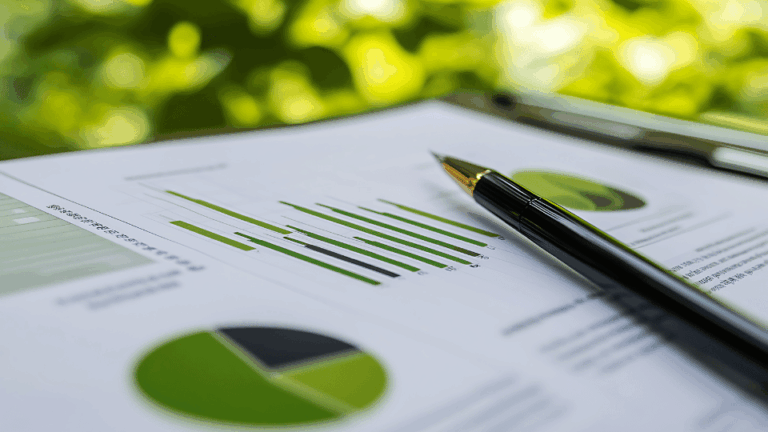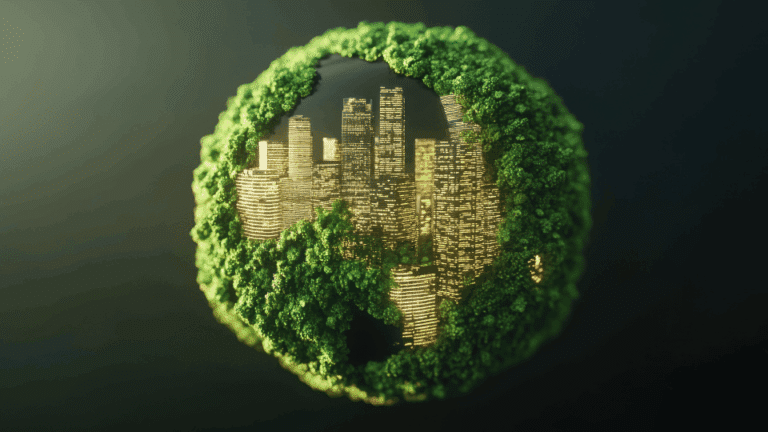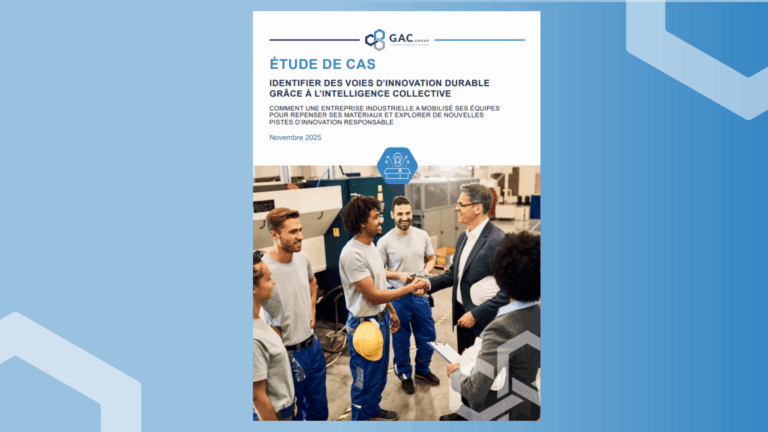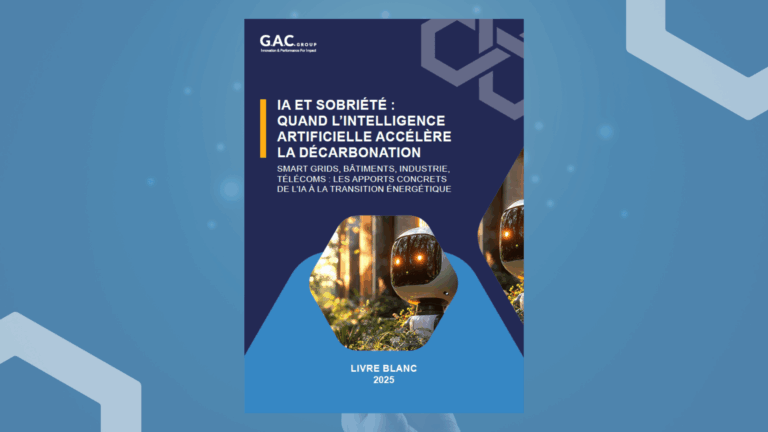Discover the technological advances and international initiatives shaping the future of sustainable textiles.
The textile industry is one of the most polluting in the world, responsible for 10 % of global greenhouse gas emissions and 20 % of industrial wastewater (Khattab et al., 2020). It relies heavily on synthetic materials derived from fossil resourcesAt the same time, fast fashion generates massive waste, of which very little is recycled. At the same time, fast fashion generates a massive waste of clothing, only a tiny proportion of which is recycled. Faced with these facts, the transition to sustainable textiles is a priority for manufacturers, researchers and public authorities. This transition involves profound transformation of the value chainThese include renewable raw materials, clean processes, innovative recycling solutions and circular business models.
This summary is based on an in-depth analysis of scientific publications from the ideXlab platform, taking stock of the main technological advances, emerging materials and international initiatives in sustainable textiles.
Textile recycling: booming solutions
In the face of environmental urgency and regulatory pressure, textile recycling solutions are experiencing a boom. strong technological acceleration. Long limited to the mechanical recycling of post-consumer cotton or polyester, the sector is evolving towards more advanced processes capable of handling mixed, contaminated or colored textiles. In 2023, Wojnowska-Baryła et al. presented a review of the strategies of organic recycling of biosourced textileshighlighting enzymatic hydrolysis as a promising avenue for selective depolymerization of natural fibersprovided that the textiles are first sorted and stripped of their synthetic components.
At the same time, Europe is investing in the development of chemical recycling processes. The RESYNTEX project, for example, aims to convert textiles into new raw materials using solvolysisa response to the challenge of polycotton or elastomer fibers. In China, several pilot plants are using pyrolysis or treatment with organic solvents to isolate textile polymers while recovering colorants and additives (Liu et al., 2023)...
Access our full summary free of charge by filling in the form below.
What you'll find :
- Textile recycling booming solutions
- Natural fibers a biosourced alternative
- Recycled fiber recycling textile waste
- New fibers Innovations in biotechnology and green chemistry
- Alternatives to recycling clean, sustainable processes
- International initiatives comparative strategies by country
- Rich, structured content a detailed 12-page analysis, listing more than 160 recent scientific publications
Why download this summary?
- Concrete, strategic solutions In-depth exploration of innovations in textile recycling, biosourced fibers and clean processes.
- Looking ahead : Discover technological avenues to light up your innovation strategy (opportunities, trend notes, roadmap, market research, etc.).
- A bridge between industry startups and the academic world : Produced from the ideXlab open innovation platformthis synthesis aims to facilitating partnerships and promote joint solutions to the challenges of a sustainable textile industry.
Did you find this summary useful? Find out about our other studies on major industrial issues with impact.
The ideXlab open innovation platform is aimed at all innovative companies, whatever their sector or size, seeking to optimize their innovation and technological performance. In particular, it is aimed at R&D, innovation, technology watch and new product and service development and purchasing teams. Users may be engineers, scientists, innovation project managers, buyers of new technologies or strategic decision-makers.
Newsletter
Receive all our expert news by e-mail.
Subscribe to our newsletter.








